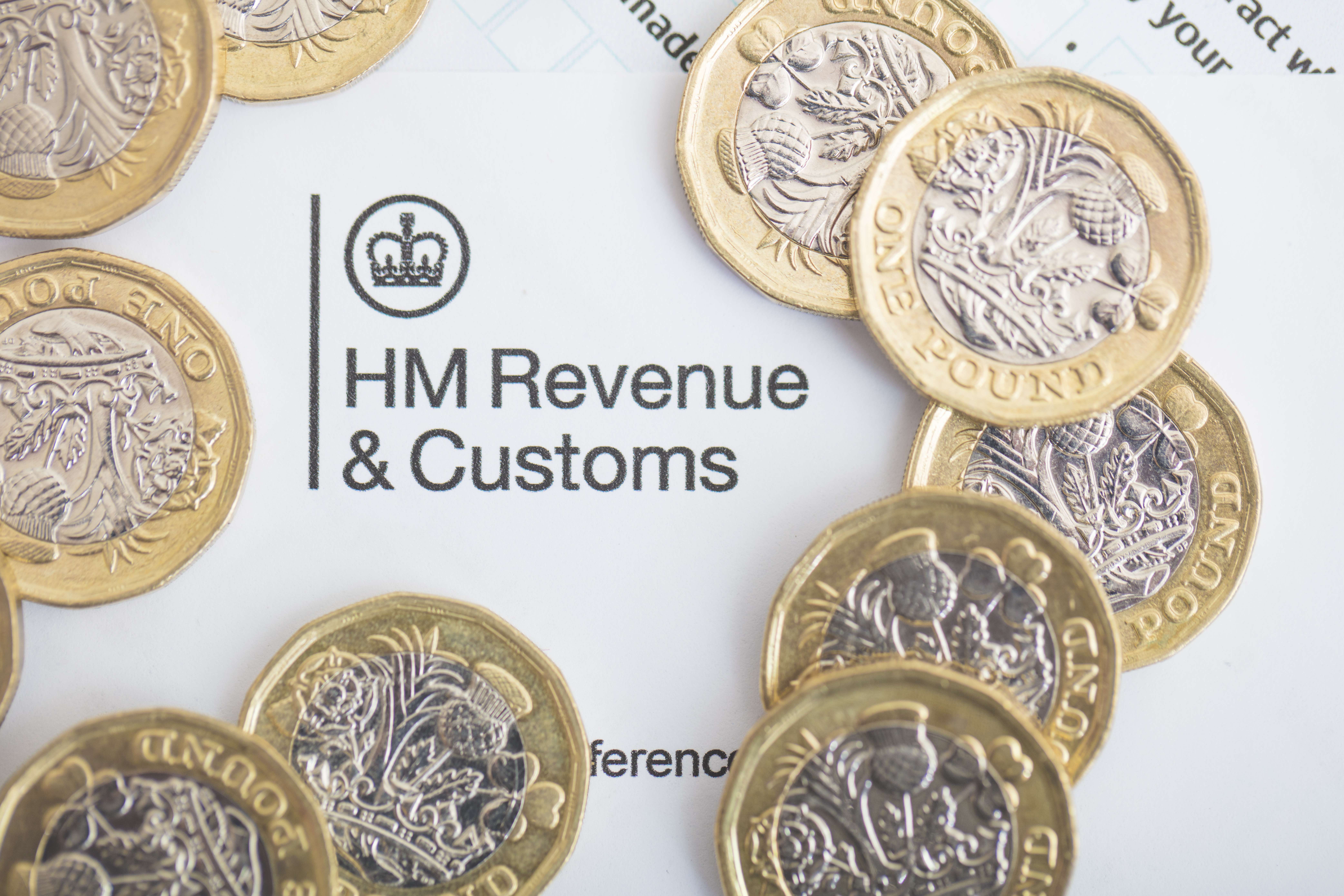This guide covers mobile data management on Android, highlighting how to set data limits and monitor usage effectively. Users can establish consumption thresholds and adjust their data cycle to match their billing periods. It encourages leveraging operator tools and third-party apps for tracking data and suggests strategies for minimizing usage, such as using data-saving applications and lighter app versions. Properly managing mobile data helps avoid unexpected charges and ensures users stay within their limits.
Understanding Mobile Data Management on Android
You’re likely familiar with those cautionary tales of travelers who, after forgetting to disable roaming, return home to find astronomical mobile bills. While such incidents have become less frequent due to the inclusion of roaming in many mobile plans—especially in Europe—some plans still adhere to out-of-bundle charges when users exceed their monthly data limits.
Setting Data Usage Limits on Your Android Device
Since the introduction of Android 4.0 Ice Cream Sandwich, users have been empowered to manage their mobile data consumption effectively. To set a limit, navigate to your phone’s settings, find the “Data consumption” section, and select “Set mobile data limit.”
For instance, if you establish a limit of 5 GB, your device will automatically block cellular connections to prevent overages. Additionally, you can choose to receive alerts when you approach your limit, allowing for a minimum threshold as low as 10 MB. This is particularly helpful for budget-friendly plans, such as the 2-euro offering from Free Mobile, which provides only 50 MB of data. Remember, the alert and block functions operate independently, enabling you to set alerts without activating a data block.
Configuring Your Data Consumption Cycle
When utilizing the limit and threshold features, it’s essential to correctly set the reset date for your data consumption cycle. This date should align with your mobile operator’s billing cycle. For example, if your billing period starts on the 1st of each month, ensure this is reflected in your Android settings. Failure to do so may result in discrepancies between the data usage reported by your operator and what your device records.
Additionally, the “Data Consumption” page allows you to monitor which applications are consuming the most data. A quick tap on any app lets you restrict its background data usage, meaning it can access mobile data only when actively in use. Once you navigate away from the app, its access to the cellular network will be disabled.
Utilizing Operator Support and Third-Party Applications
To avoid unexpected charges, many operators provide tools for tracking data usage within their customer portals. This feature allows you to quickly check your data consumption through your operator’s mobile app. Many operators also send notifications via SMS when you’re nearing your data limit or when your allowance has been exhausted. If your operator lacks this feature or if you prefer a more transparent solution, Android offers built-in tools for monitoring data use.
It’s also crucial to note that Google’s measurement of your data usage may differ from that of your operator. Therefore, it’s advisable to set your threshold slightly lower than your operator’s limit. Based on user experiences, the data readings from operators typically align closely with those from Android, but it’s wise to err on the side of caution.
Exploring Data Management Apps
The Play Store is replete with applications designed to help you analyze your data consumption in detail. Noteworthy options include My Data Manager (in French), Glass Wire (in English), and Data Wiz, which provides insights into your data usage patterns.
Strategies for Reducing Data Consumption
If you find yourself exceeding your data allowance each month, consider using specific applications designed to minimize data usage. For instance, Opera Max and Chrome offer features that can help manage your data more effectively, as outlined in our dedicated tutorials. Additionally, opting for “Lite” versions of popular applications, particularly social media platforms, can further assist in conserving your mobile data.
